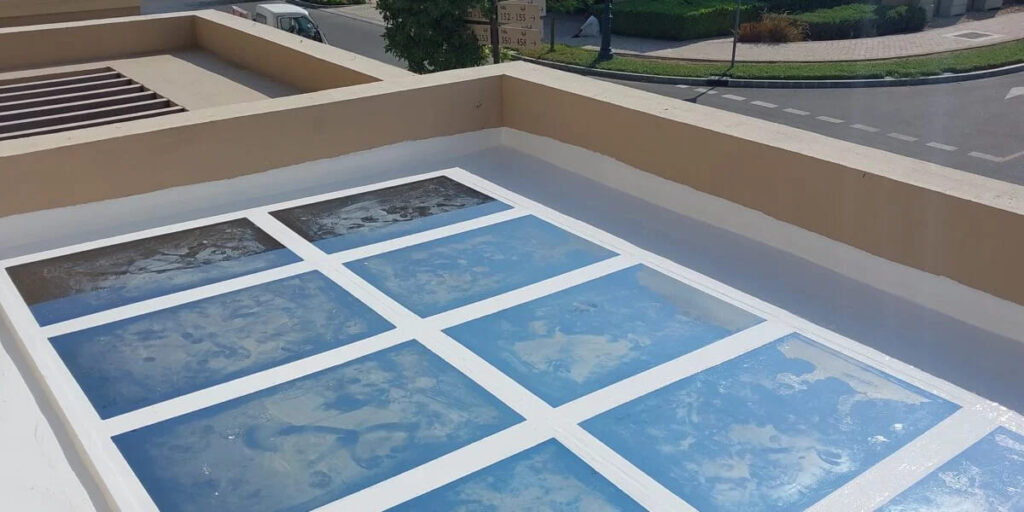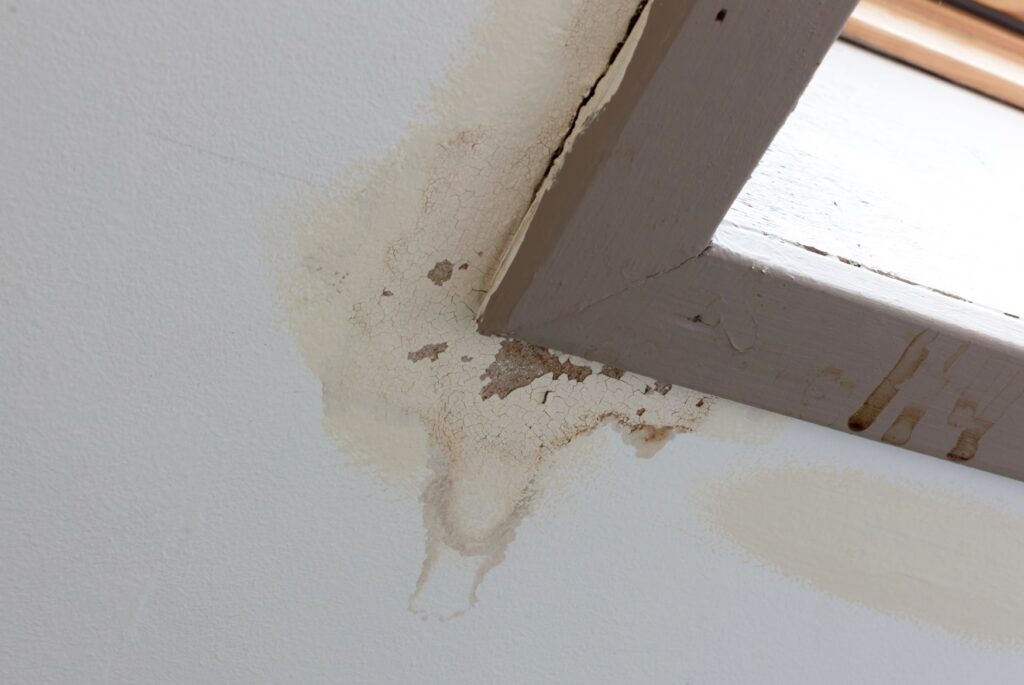Skylights are a beautiful way to bring natural light into your home, making rooms brighter and more welcoming. However, just like any other feature of your home, skylights require maintenance and occasional repairs. Ignoring early warning signs can lead to costly damage such as roof leaks, mould growth, or even structural issues.
In this blog, we’ll explore the top signs that your skylight needs repair before small problems turn into bigger headaches. By identifying these issues early, you can protect your home and extend the life of your skylight.
Why Skylight Maintenance Matters
A skylight sits directly on your roof, constantly exposed to the elements—rain, wind, snow, and UV rays. Over time, this exposure can cause wear and tear. Without regular inspection, even minor cracks or sealant issues can compromise your home’s insulation and waterproofing.
Being proactive about skylight repairs not only prevents expensive water damage but also ensures you continue enjoying the natural light and energy efficiency skylights provide.
Common Signs Your Skylight Needs Attention
Spotting early warning signs of damage is crucial. Here are the most common indicators that your skylight might need repairs.

1. Water Leaks Around the Skylight
One of the most obvious warning signs is water leaking around your skylight. If you notice water stains, drips, or damp spots near the skylight after rainfall, it’s likely that the flashing or seal has failed. Left unchecked, leaks can cause mould growth, drywall damage, and weakened roof structures.
2. Condensation Between Glass Panes
Modern skylights are often double- or triple-glazed for energy efficiency. If you see fog or condensation trapped between the panes, this indicates that the seal has failed. When this happens, the insulating gas escapes, reducing energy efficiency and allowing moisture inside.
3. Cracks or Chips in the Glass
Small cracks may seem harmless at first, but they can grow over time due to temperature changes and pressure. Damaged glass not only reduces the skylight’s durability but also poses a safety risk. Prompt repairs or replacements are necessary to prevent further breakage.
4. Drafts and Temperature Fluctuations
If you notice sudden drafts or feel that the room under your skylight is unusually hot or cold, it could mean the skylight’s seal or insulation has deteriorated. Poor insulation increases your energy bills and reduces indoor comfort.
5. Discoloured or Stained Ceilings
Brown or yellow stains on the ceiling near the skylight often point to a hidden leak. Even if water isn’t actively dripping, these stains are a clear sign that moisture is seeping in, slowly damaging your home.
6. Warped or Damaged Flashing
Flashing is the metal installed around the skylight to prevent leaks. Over time, flashing can become loose, corroded, or warped. Damaged flashing allows water to enter the roof, making it one of the leading causes of skylight leaks.
7. Difficulties Opening or Closing the Skylight
If your skylight is designed to open for ventilation and you find it sticking, jamming, or not closing properly, it’s time for a repair. This could indicate hardware issues or misalignment, which, if ignored, can lead to air and water infiltration.
The Risks of Ignoring Skylight Repairs
Some homeowners delay skylight repairs, thinking minor issues can wait. Unfortunately, postponing repairs often results in more expensive fixes later.
- Water damage can ruin drywall, ceilings, and floors.
- Mould and mildew pose health risks, especially in humid climates.
- Energy loss increases heating and cooling costs.
- Roof damage from leaks may require major structural repairs.
Addressing skylight problems early saves both money and stress in the long run.
How to Prevent Skylight Damage
Regular maintenance helps extend the lifespan of your skylight. Here are some preventive measures every homeowner should take:
Schedule Regular Inspections
Check your skylight at least twice a year, especially before and after winter. Look for cracks, leaks, or signs of wear around the flashing and seals.
Keep the Skylight Clean
Dirt and debris can hide cracks or weaken seals. Clean the glass with mild soap and water, and remove leaves or branches from around the skylight on the roof.
Ensure Proper Ventilation
High indoor humidity can cause condensation. Use exhaust fans in bathrooms and kitchens to reduce excess moisture, which protects your skylight seals.
Hire Professionals for Repairs
DIY fixes may provide temporary relief, but skylight repairs are best left to professionals. Certified contractors have the expertise and tools to repair or replace skylights safely and effectively.
Repair or Replace: Which Option Is Best?
When you notice damage, the next question is whether to repair the skylight or replace it altogether.
- Choose repair if the issue is minor, such as resealing flashing, fixing a small crack, or replacing hardware.
- Opt for replacement if the skylight is old, has extensive leaks, or shows multiple problems. Modern skylights offer improved insulation, UV protection, and better durability, making replacement a worthwhile investment.
Read Also : How Skylight Placement Affects Indoor Lighting and Home Value
Final Thoughts
Your skylight is more than just a window to the sky—it’s a feature that enhances your home’s beauty, comfort, and value. By paying attention to early signs of trouble, such as leaks, condensation, or cracks, you can take quick action and prevent expensive damage.
Regular maintenance and timely repairs ensure your skylight continues to provide natural light, fresh air, and energy efficiency for years to come.
If you notice any of the warning signs mentioned, don’t wait. Call a skylight repair professional to assess the situation before minor issues turn into costly problems.

